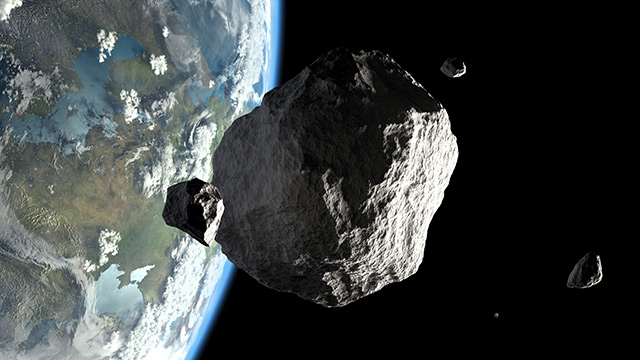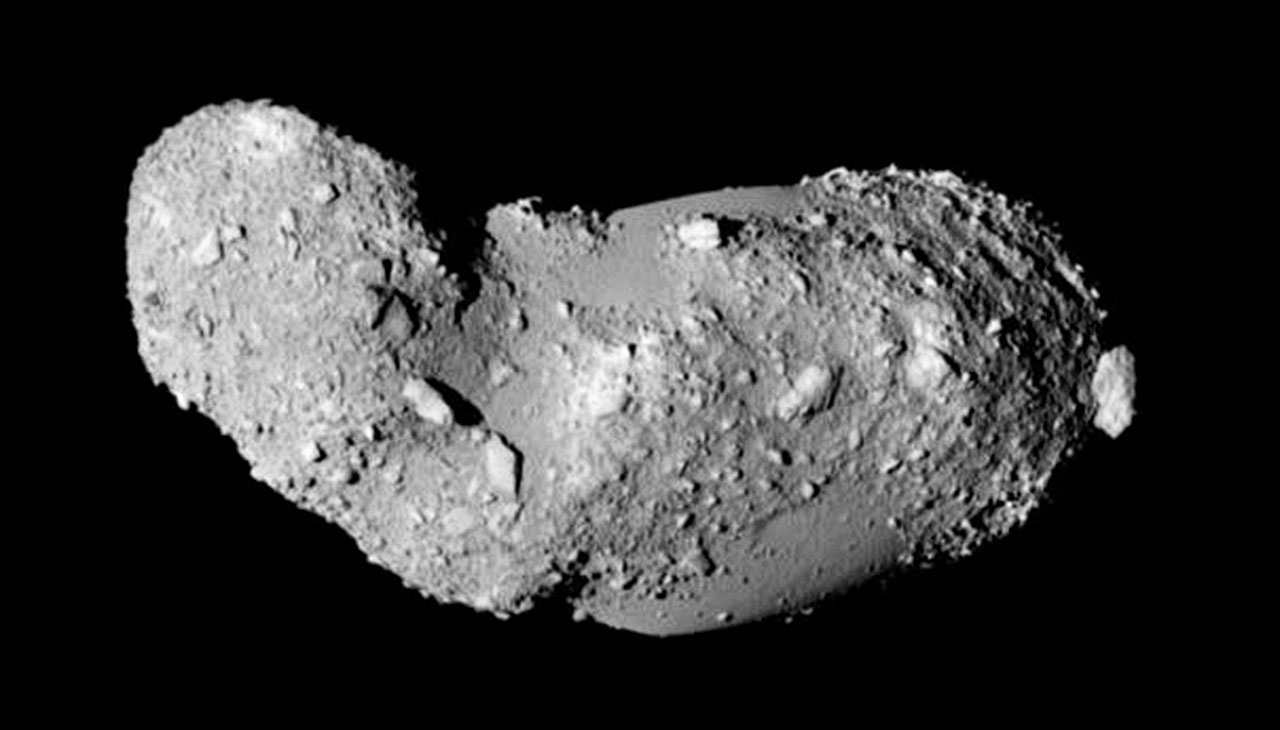Scientists dig up perfectly preserved 42,000-year-old horse – with blood and internal organs intact
02/14/2020 / By Michael Alexander

Is the world ready to enter the gates of a real-life Jurassic – or in this case, Cenozoic – Park? An international team of scientists seems to think so.
The idea stems from an announcement made by scientists working deep in the frozen Siberian tundra concerning the successful extraction of liquid blood from the frozen carcass of a foal that died 42,000 years ago in Siberia’s Verkhoyansk region.
Found embedded in the region’s permafrost, or permanently frozen ground, the young horse’s remains were first discovered in the summer of 2018 by a group of fossil hunters who were looking for prized mammoth tusks inside the massive Batagaika crater.
Perfectly preserved by the area’s frigid environment, the foal’s remains showed no signs of external damage, instead retaining its skin, tail and hooves, as well as the hair on its legs, head and other body parts.
“An autopsy showed the foal carcass was extremely well-preserved, the body even without deformation,” Semyon Grigoriev, lead Russian researcher for the study, said in a statement.
As per the results of the autopsy, the two-week-old foal, the researchers said, likely drowned in mud that later froze into the permafrost.
According to Grigoriev, analysis of the remains even revealed its original coloration, noting that in life, the foal, a member of the Lena horse species (Equus caballus lenensis), had a bay-colored body and a black tail and mane.
The last of the cold-resistant Lena horse species, also known as the Lenskaya, died out some 4,000 years ago.
The extent of the carcass’ preservation went one step further, as discovered by a joint team made up of researchers from Russia’s North-Eastern Federal University and the South Korean Sooam Biotech Research Foundation: the foal’s body still contained liquid blood and urine.
Speaking for the team, Grigoriev, who also functions as the head of the Mammoth Museum at North-Eastern Federal University in Yakutsk, said this was a very rare occurrence, since blood typically either coagulates or turns to powder — even in well-preserved carcasses — because of gradual evaporation over long periods of time. Grigoriev was also part of the team who also successfully extracted liquid blood from a similarly-preserved mammoth back in 2013.
According to the researchers, this surprising discovery could even pave the way not just for the possibility of cloning the long-dead horse, but also perhaps even resurrecting the extinct equine lineage to which it belongs. (Related: Zoos for extinct animals could become a reality in the near future.)
Despite the novelty of liquid blood, however, the scientists involved in the study may not have much use of it when it comes to the cloning process itself, mainly because blood cells do not have any nuclei which typically house the DNA needed for the process to work.
Addressing this, Grigoriev said the team is now trying to find intact cells in the foal’s muscle tissues and internal organs — a task that’s proving to be quite the challenge for those involved.
As told by an article published in the Siberian Times, the international team of researchers made more than 20 attempts to extract quality DNA from intact cells grown from the foal’s preserved tissues. All attempts so far, however, have failed.
Should they succeed in extracting viable DNA from the foal’s tissues, the team can then insert it into a horse embryo that’s been cleared of its genetic information, and then implant the embryo into a surrogate womb which will then carry it to term. Incidentally, this is also the same process that Grigoriev’s team will use in its mammoth cloning project.
As of present, the remains of the Lena horse will be exhibited as part of The Mammoth exhibition. The exhibit will travel across Japan starting around June this year, before concluding in September.
Interested in reading more about ground-breaking scientific research? Head over to Research.News.
Sources include:
Tagged Under: ancient animals, ancient history, animals, Archaeology, artifacts, clones, Cloning, discoveries, extinct animals, lena horse, mammoth, research
RECENT NEWS & ARTICLES
COPYRIGHT © 2017 DISCOVERIES NEWS



















